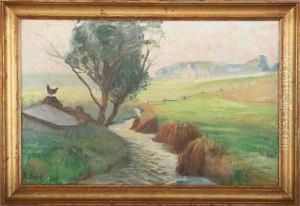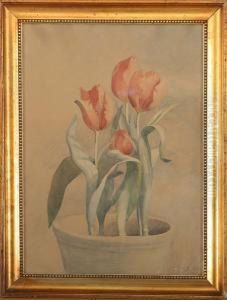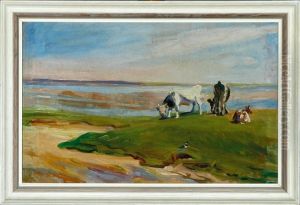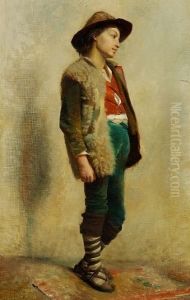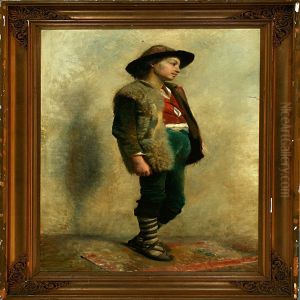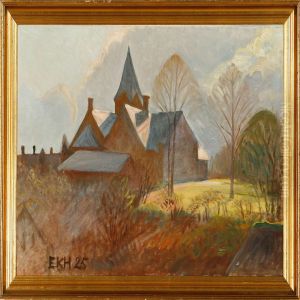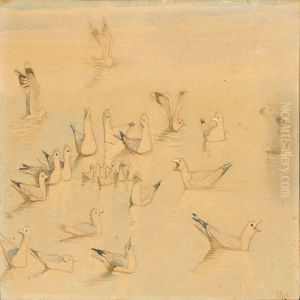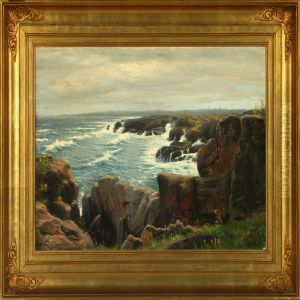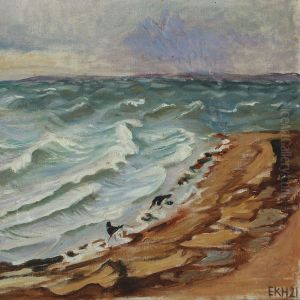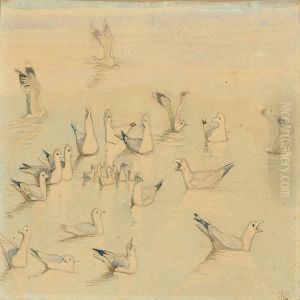Elise Konstantin-Hansen Paintings
Elise Konstantin-Hansen was a Danish painter born in 1858 in Copenhagen, Denmark, into an artistic family. Her father, Constantin Hansen, was a well-known Danish painter, a central figure in the Golden Age of Danish Painting, which undoubtedly influenced her decision to pursue a career in the arts. Growing up in an environment filled with artistic inspiration and guidance, Elise developed a keen interest in painting from an early age.
Elise Konstantin-Hansen's education in art began under the tutelage of her father and later continued at the Royal Danish Academy of Fine Arts, where she honed her skills and developed her unique style. Despite the restrictions and societal expectations placed on women artists during her time, she managed to carve a niche for herself in the Danish art scene. Elise specialized in interior scenes and still lifes, often imbued with a quiet, reflective atmosphere and meticulous attention to detail. Her works are characterized by their subtle use of light and shadow, capturing the tranquility of domestic spaces and the beauty of everyday objects.
Throughout her career, Elise Konstantin-Hansen exhibited her work in numerous exhibitions and was well-regarded among her contemporaries. However, like many women artists of her era, she did not receive the same level of recognition as her male counterparts. Despite this, her contributions to Danish art have been reevaluated in recent years, leading to a renewed appreciation for her work and its place within the broader context of the Golden Age of Danish Painting.
Elise Konstantin-Hansen's legacy is that of a pioneering woman artist who navigated the challenges of her time with grace and resilience, leaving behind a body of work that continues to be celebrated for its elegance and depth of expression. She passed away in 1946, having lived through a period of significant change in the art world and leaving an indelible mark on Danish art history.
